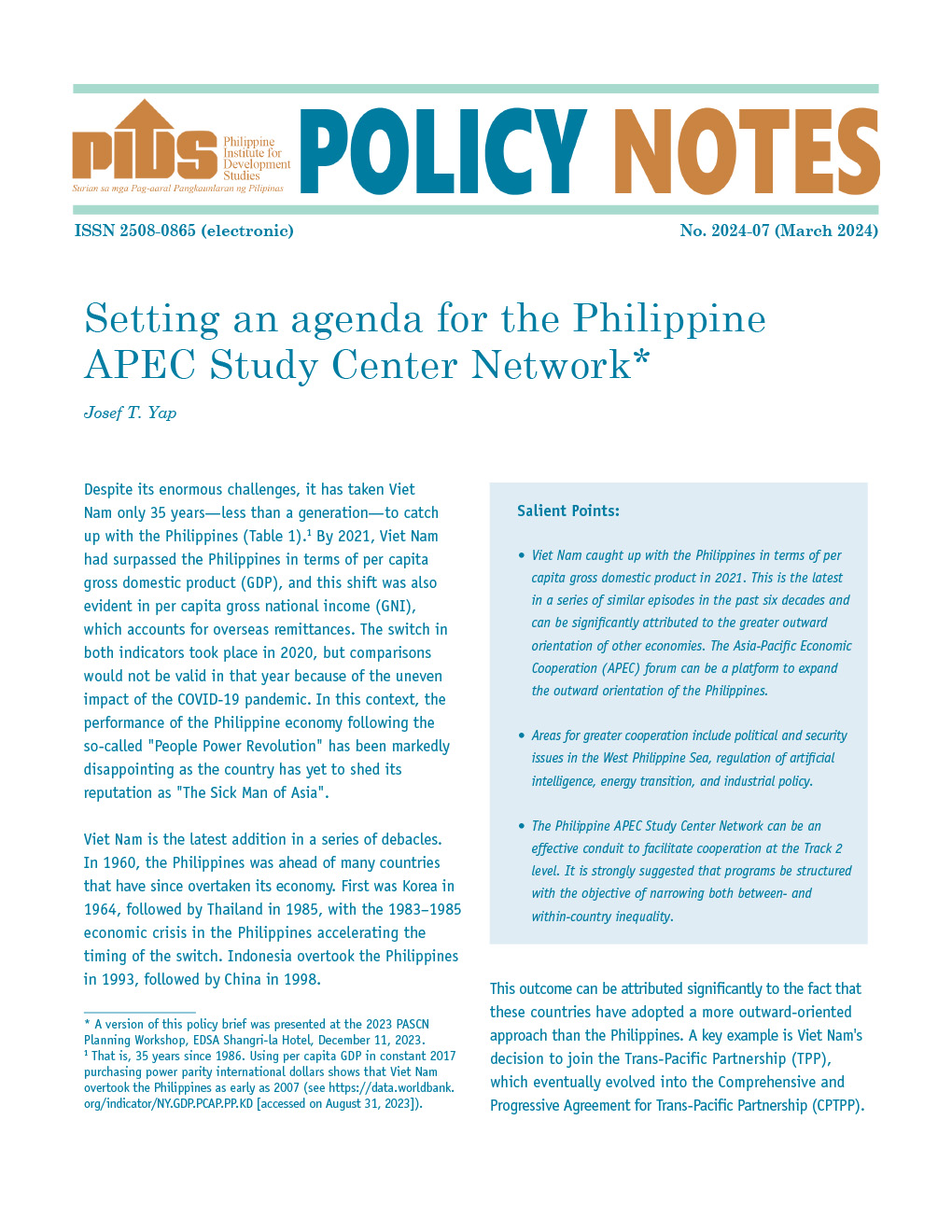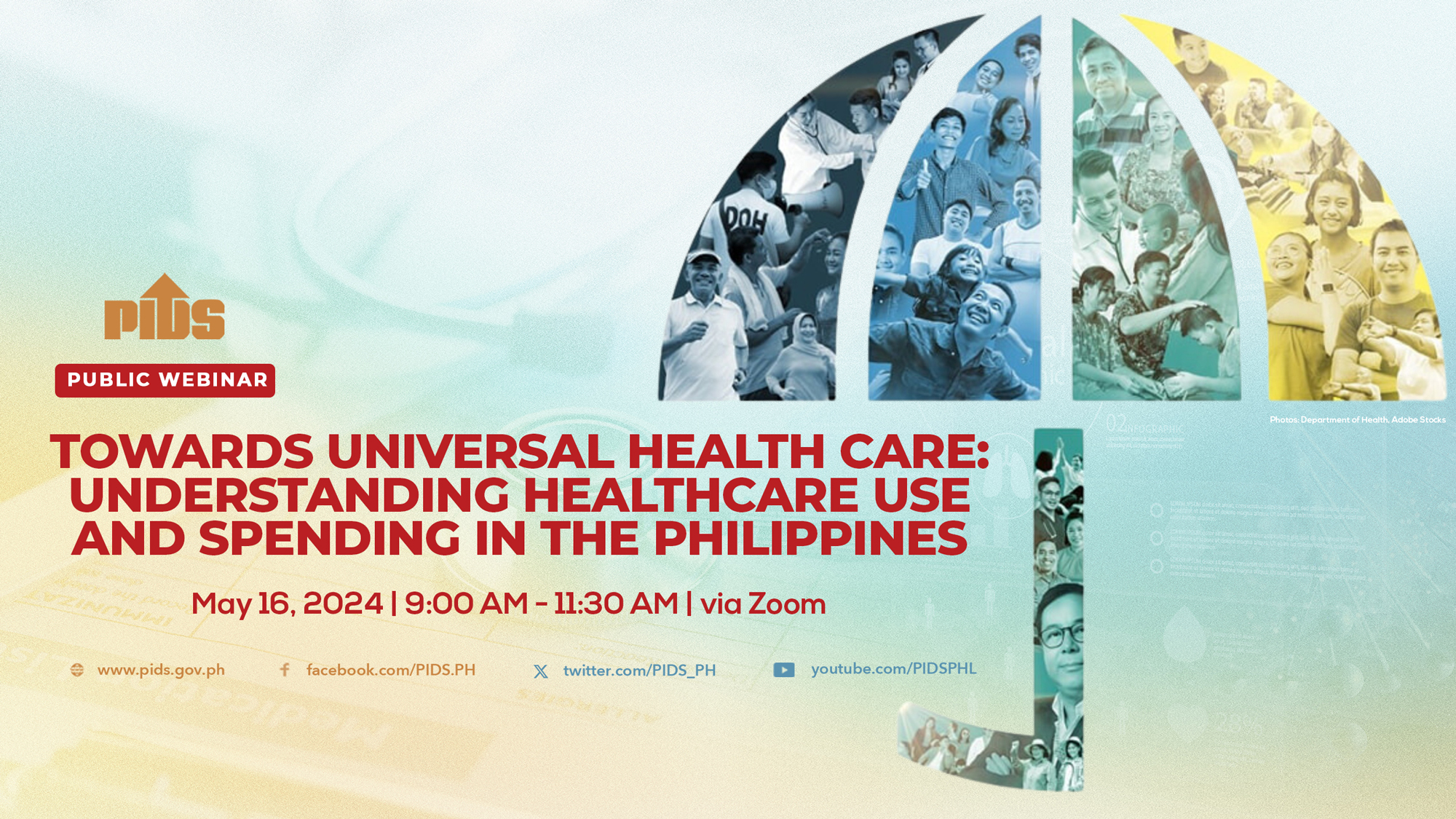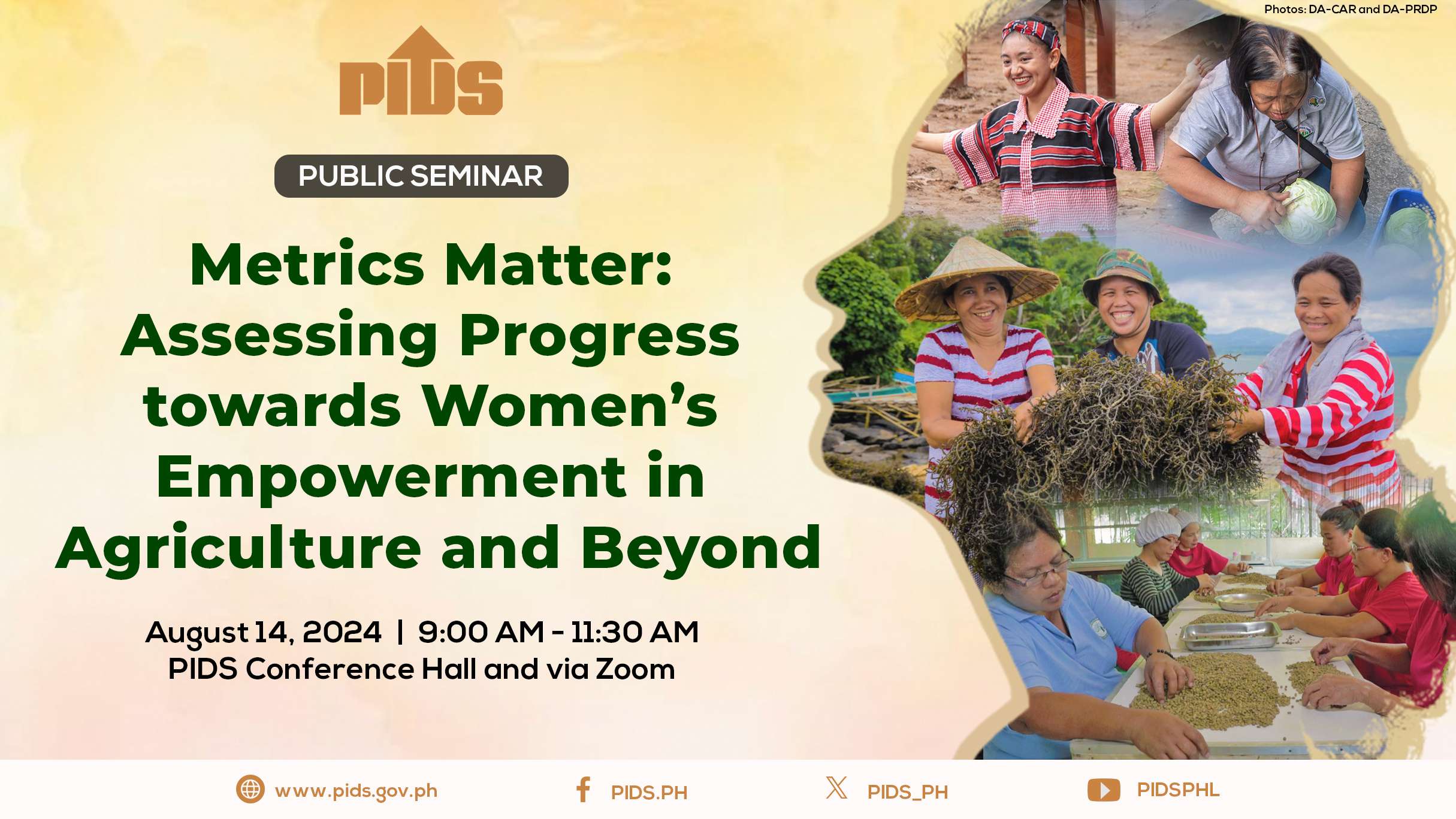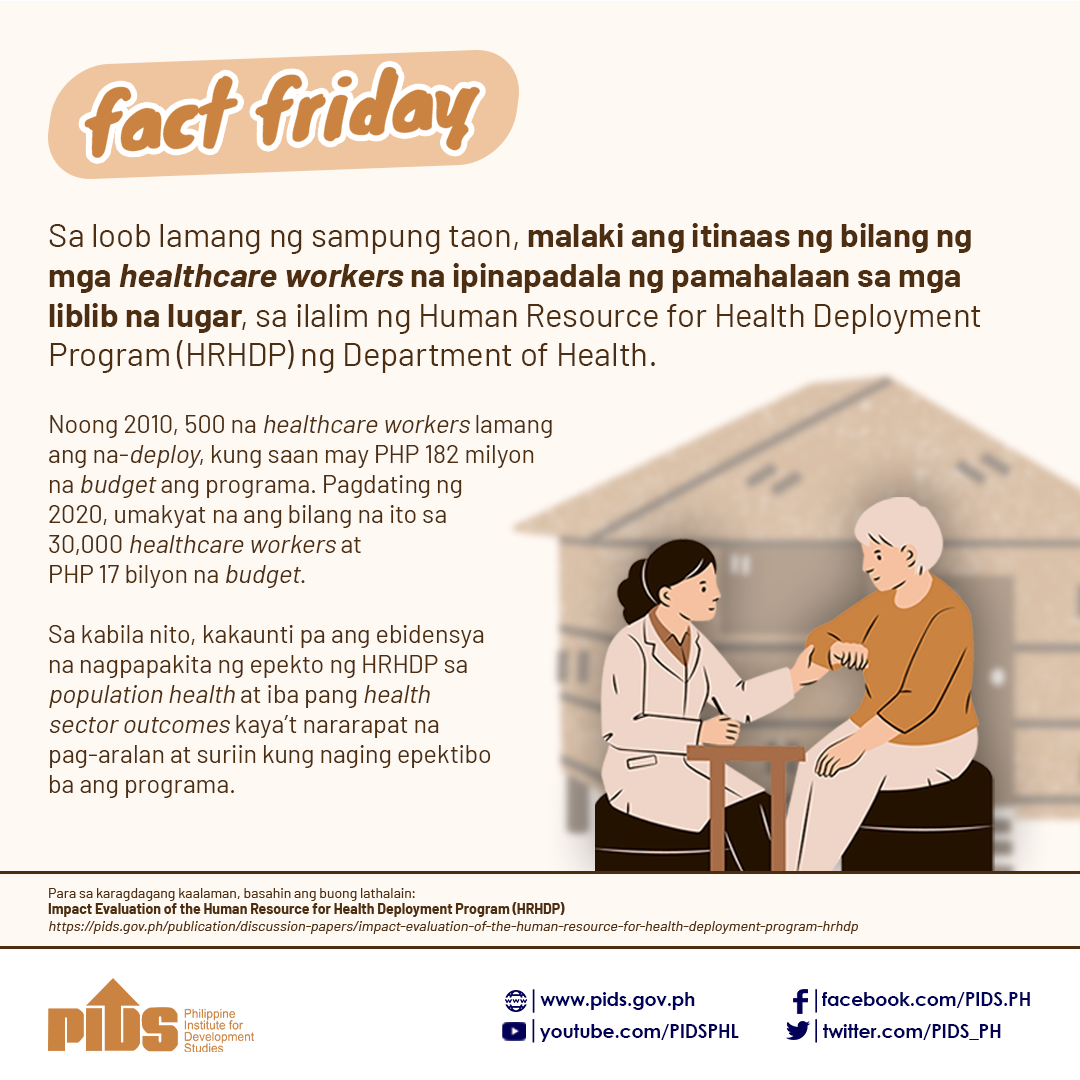UNEQUAL access to health-care services will continue even if the Philippines achieves its health-related Millennium Development Goal (MDG) commitments by next year.
State-owned think tank Philippine Institute for Development Studies (PIDS) said health-care problems, such as accessibility, availability and affordability, will persist nationwide.
PIDS Senior Research Fellow Celia Reyes said this is because Filipinos living in Luzon still receive better access to health services and facilities compared to Filipinos in the Visayas and Mindanao.
"In terms of hospital beds to population ratio, for example, only one-third of the provinces are able to meet the required one bed for every 1,000 people. Most of these hospitals are in the National Capital Region [NCR],” Reyes pointed out.
Reyes also said the uneven distribution of health labor force across the country. For example, there are 28 doctors per 100,000 population in the NCR, whereas there are only 12 per 100,000 in Central Visayas.
The ratio is lower in Bicol, at 10 doctors per 100,000; and even lower in the Autonomous Region in Muslim Mindanao (ARMM), at only three doctors per 100,000 population.
The PIDS also said not all hospitals have x-ray and ultrasound machines. Hospitals in the NCR are more equipped compared to other regions.
Further, not all hospitals have complete basic emergency equipment. Only 56 percent of hospitals in the NCR have complete basic emergency equipment, while for the rest of the regions, less than half of hospitals have these facilities.
The PIDS also said Filipinos living in the NCR have better access to health services and facilities, thus health indicators, such as infant mortality, maternal health, antenatal care, etc., are also better.
Reyes said these regional disparities need to be addressed to continue the gains that have been achieved in the health sector. She noted the government should put more resources and capacity-building programs for regions that persistently trail behind in terms of health indicators.
However, Reyes cited improvements in the overall health status among regions from 2008 to 2013.
Reyes said by 2011, indicators like infant mortality rate, malnutrition, antenatal care, immunization and birth delivery by health professional have gone down and have become slightly more equitable across regions.
"Regions are comparable to level of development of countries when it comes to health outcomes. For instance, in terms of birth delivery by health professional, the figures for Central Visayas are just slightly higher than that of Cambodia and Myanmar. In terms of antenatal care, figures for the NCR are close to that of Singapore, while for the ARMM, performance in antenatal care is similar to that of Bangladesh,” Reyes explained.
Meanwhile, Reyes said, the Philippines is likely to achieve health-related MDGs, particularly in reducing child mortality, and in combating malaria and tuberculosis.
However, Reyes said, it would be difficult to for the country to achieve the target for maternal health and HIV-AIDS.
"There has been no significant difference for the maternal mortality figures between 2006 and 2011 and given this progress, it could be very difficult for the country to achieve the goal by 2015. The indicators for HIV AIDS are also not favorable given the increasing number of reported cases,” Reyes expounded.
In 2000, the Philippines together with other United Nations member-countries adopted the eight MDGs for 2015 which aims to free people from extreme poverty and multiple deprivations.
Three of these goals are related to health: reduce child mortality, improve maternal health, combat HIV/AIDS, malaria and other diseases.
Reyes’ presentation is part of a project by PIDS and the Department of Health (DOH) that looks into the government’s Kalusugang Pangkalahatan or Universal Health Care program, a component of the Health Sector Reform Agenda in 2010.
It has three major components namely, financial risk protection, health facilities improvement and attainment of health-related MDGs.//












